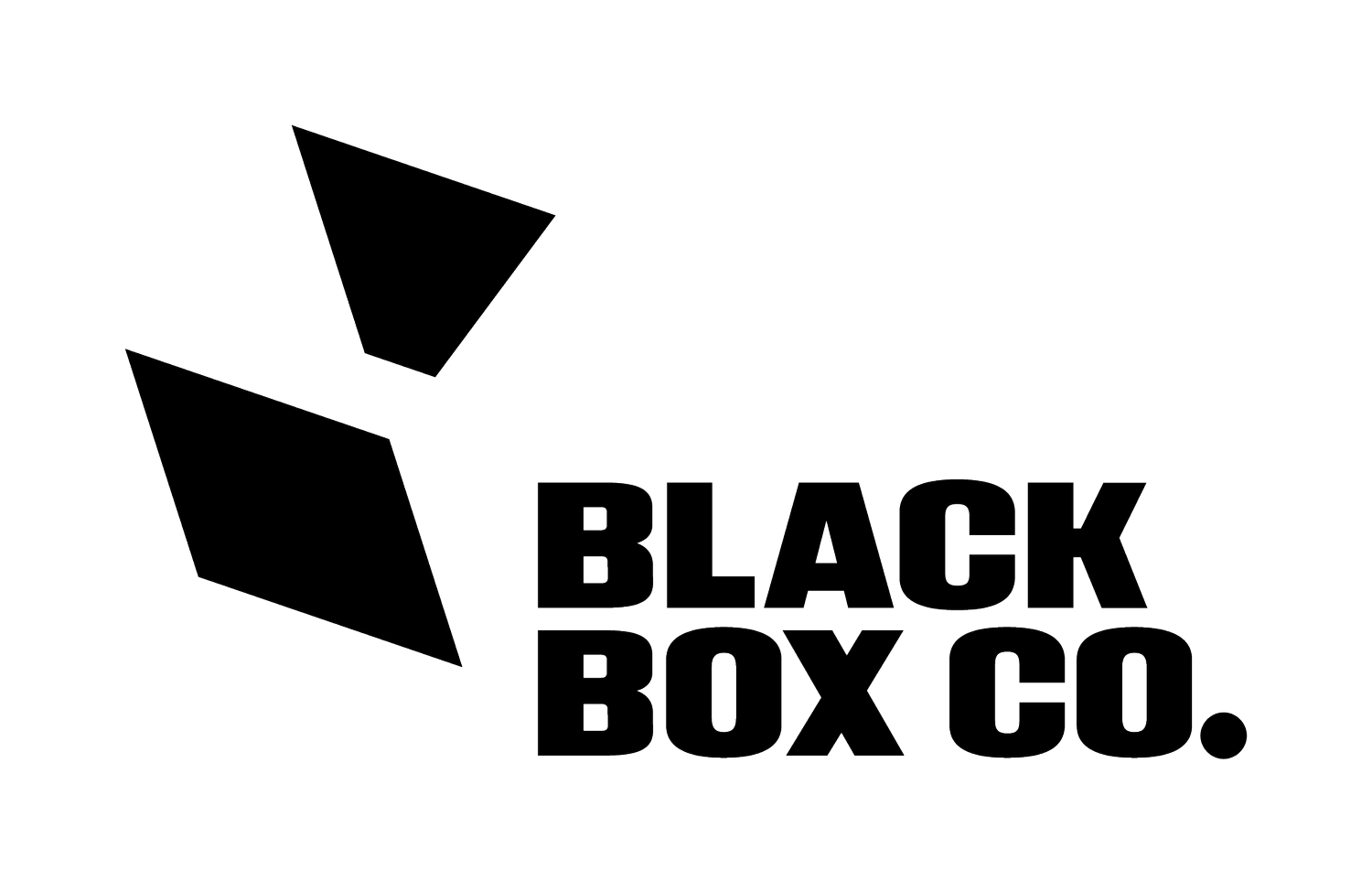Unravelling the mysteries of the polled gene in beef cattle
In the world of beef cattle genetics, the presence or absence of horns is a trait of significant interest to producers and breeders alike.
While traditional cattle breeds often possess horns, the emergence of the polled gene has revolutionised the beef industry, offering a convenient solution to horn management while preserving valuable genetic traits.
In this article, we'll explore the fascinating world of the polled gene in beef cattle, its origins, implications, and impact on modern breeding practices.
Understanding the polled gene
The polled gene is a naturally occurring genetic mutation that results in the absence of horns in cattle.
Unlike horned cattle, which require dehorning procedures to minimise injuries and facilitate handling, polled cattle are naturally hornless, making them easier to manage and reducing the risk of injuries to both animals and handlers.
Origins and distribution
The polled gene has been observed in various cattle breeds worldwide, with its origins traced back to both European and African cattle populations.
While some cattle breeds, such as Angus, are naturally polled due to the prevalence of the polled gene within their genetic make-up, others may exhibit a mix of polled and horned individuals within the same breed.
Implications for beef production
The presence of the polled gene in beef cattle offers several advantages for producers:
1. Ease of handling: Polled cattle eliminate the need for dehorning procedures, reducing stress on animals and labour requirements for producers during handling and management practices.
2. Improved animal welfare: By breeding for polled genetics, producers can promote animal welfare by minimising the risk of horn-related injuries and infections, enhancing the overall wellbeing of their herds.
3. Marketability: Polled genetics are increasingly favoured by consumers and processors seeking beef from cattle that have been raised with a focus on animal welfare and sustainability, thereby enhancing marketability and consumer acceptance of beef products.
Breeding strategies and management
Selective breeding for the polled gene involves identifying and breeding polled individuals to propagate the trait within a cattle population.
Genetic testing and pedigree analysis can aid breeders in identifying animals carrying the polled gene and making informed breeding decisions to achieve desired outcomes.
However, it's essential for breeders to consider other important traits such as growth rate, meat quality, and disease resistance when incorporating polled genetics into breeding programs to ensure the overall performance and adaptability of the herd.
The dominance of the polled gene in cattle breeding significantly influences the outcome of mating and the expression of hornlessness in offspring.
Understanding the dynamics of dominance is crucial for breeders aiming to produce consistent polled progeny within their herds.
Dominance and inheritance patterns
The polled gene (P) and the horned gene (H) follow a simple dominance-recessive inheritance pattern:
1. Homozygous polled (PP): Cattle with two copies of the polled gene (PP) are homozygous polled and will always produce polled offspring when mated with horned or polled individuals. They are genetically fixed for the polled trait.
2. Heterozygous polled (PH): Cattle with one copy of the polled gene and one copy of the horned gene (PH) are heterozygous polled. They are polled themselves but may produce both polled and horned offspring, depending on the genotype of the mate.
3. Homozygous horned (HH): Cattle with two copies of the horned gene (HH) are homozygous horned and will always produce horned offspring when mated to horned individuals.
Impact on breeding programs
1. Breeding polled to polled: When two homozygous polled (PP) cattle are mated, all offspring will be polled (PP). This breeding strategy ensures the highest probability of producing polled progeny and is commonly used to establish or maintain polled herds.
2. Breeding polled to heterozygous polled: Mating a homozygous polled (PP) bull with a heterozygous polled (PH) cow will result in approximately half of the offspring being homozygous polled (PP) and half being heterozygous polled (PH). This strategy can help increase the proportion of polled individuals in the herd over time.
3. Breeding polled to homozygous horned: Mating a homozygous polled (PP) animal with a homozygous horned (HH) individual will always result in heterozygous (PH) polled progeny.
Take-home message
The polled gene represents a remarkable example of how genetic variation can influence important traits in beef cattle production.
By leveraging the advantages of polled genetics, producers have the opportunity to improve animal welfare, streamline management practices, and enhance the marketability of beef products.
As the demand for sustainable and welfare-friendly beef production practices continues to grow, the polled gene remains a valuable tool for breeders striving to meet the evolving needs of the beef industry.
